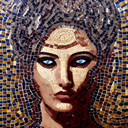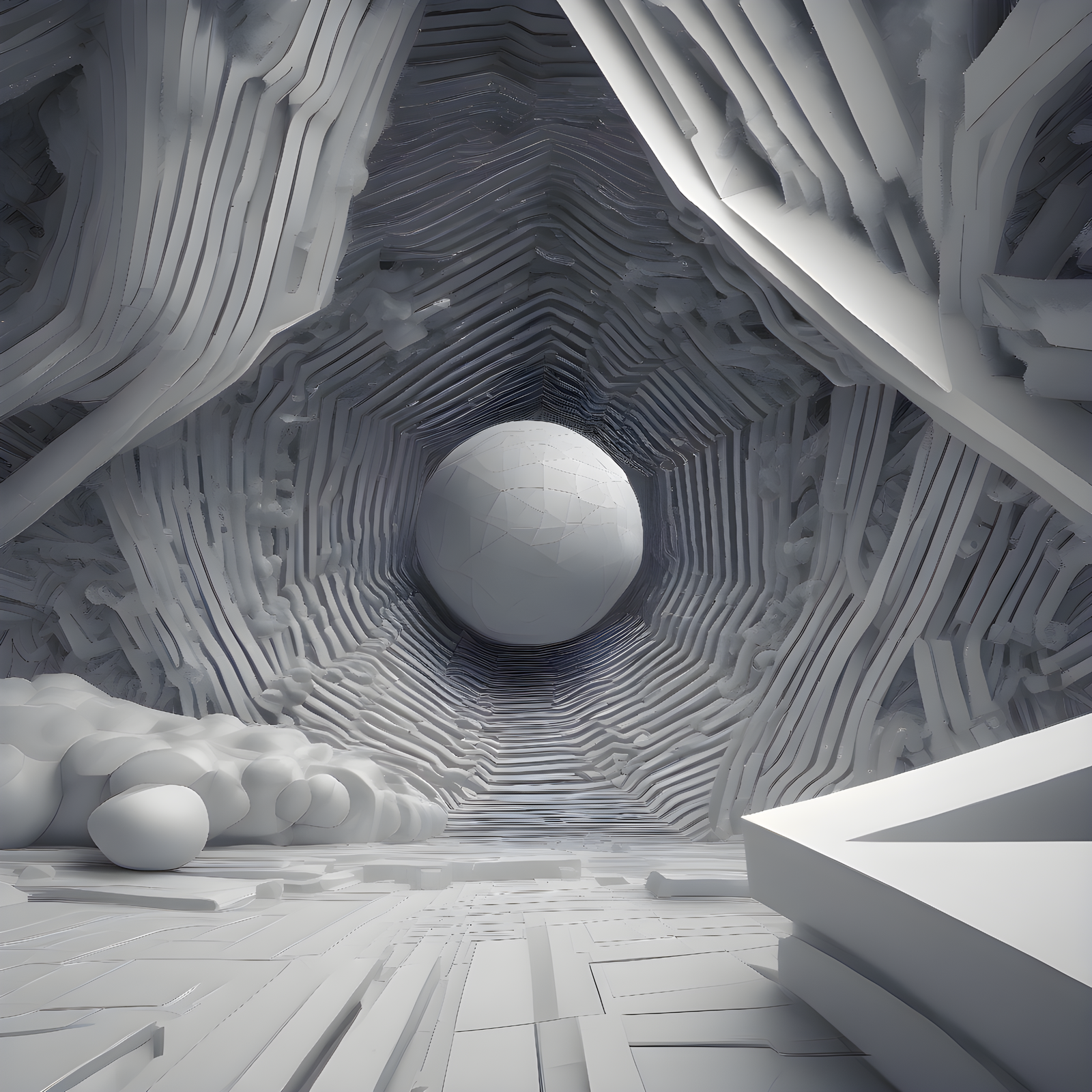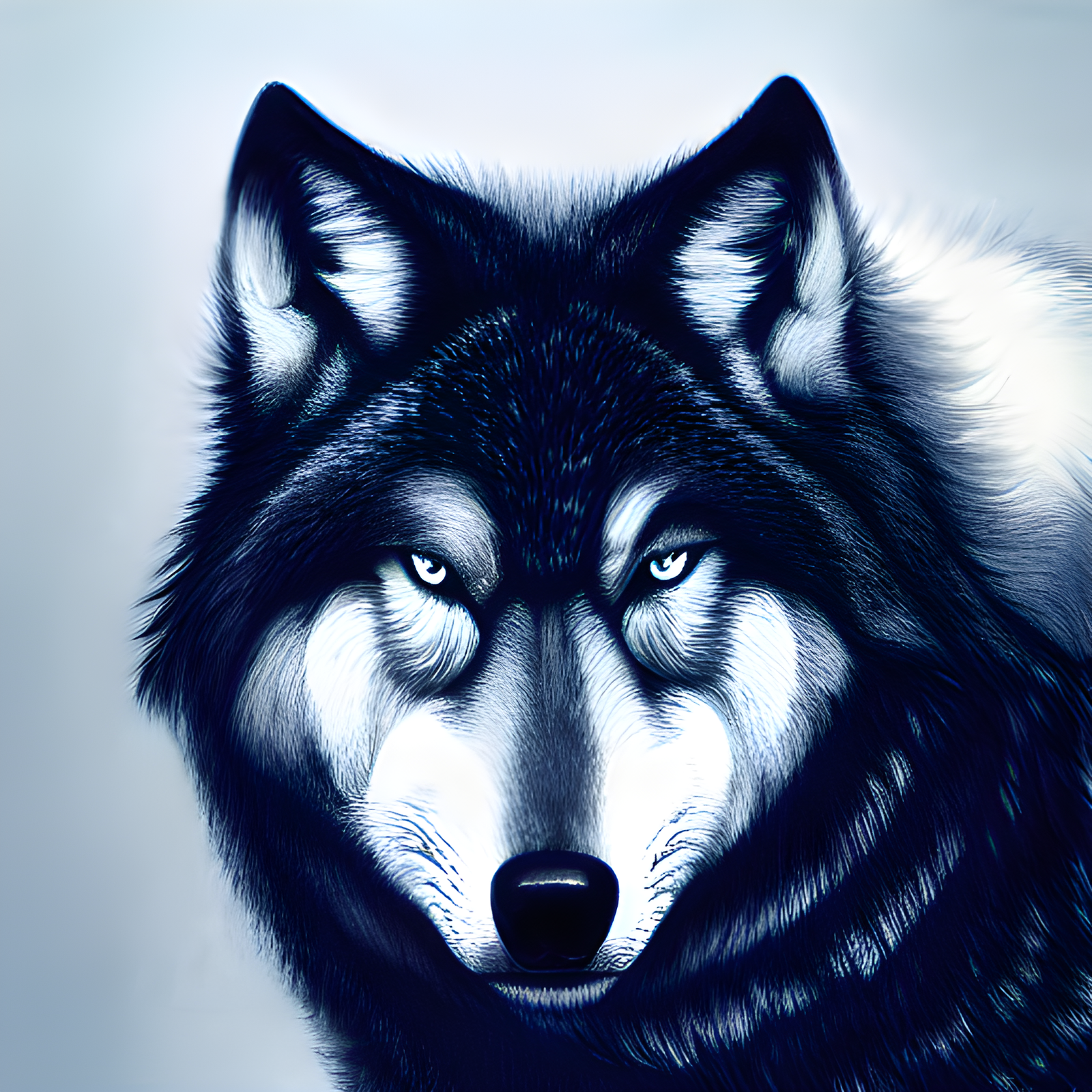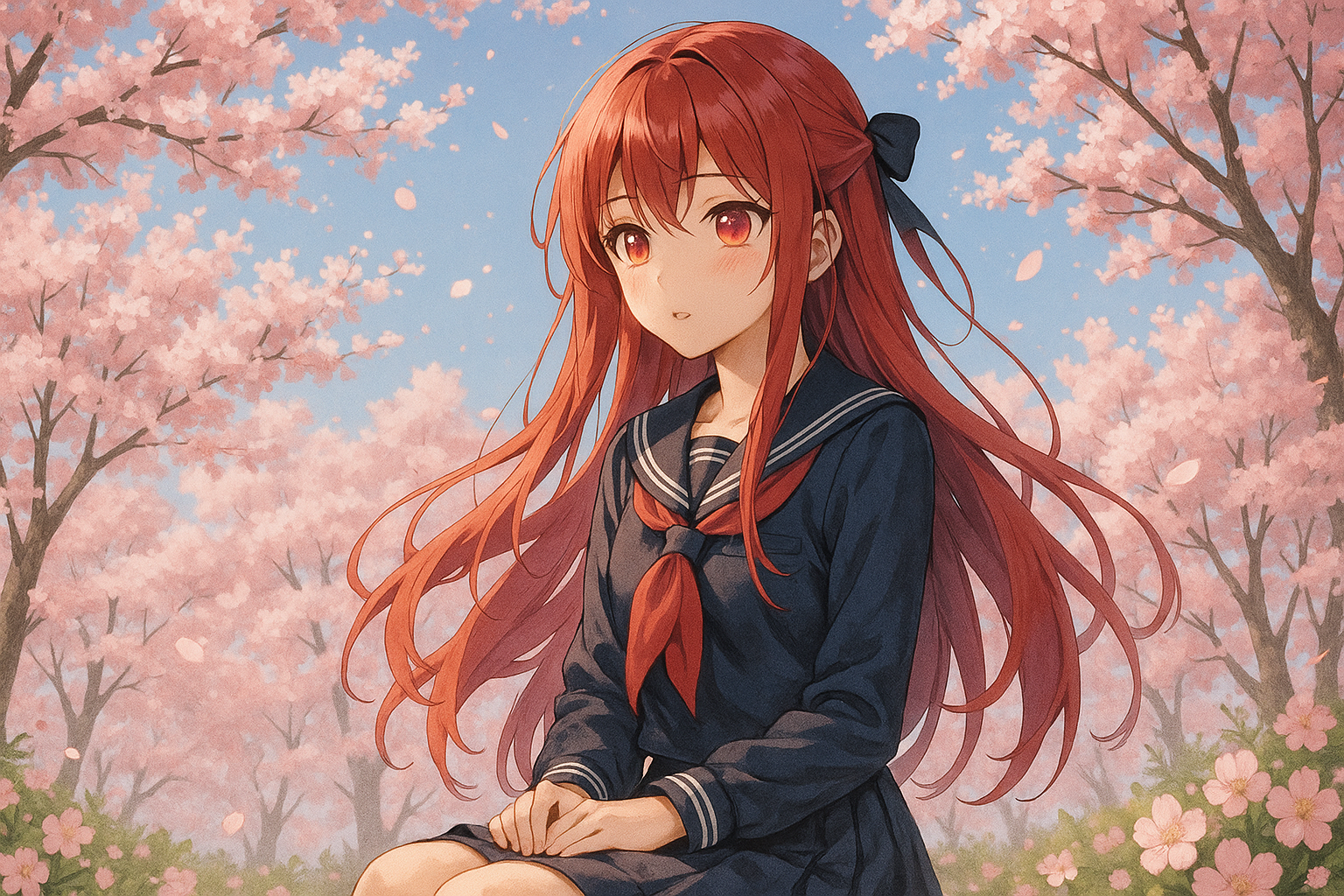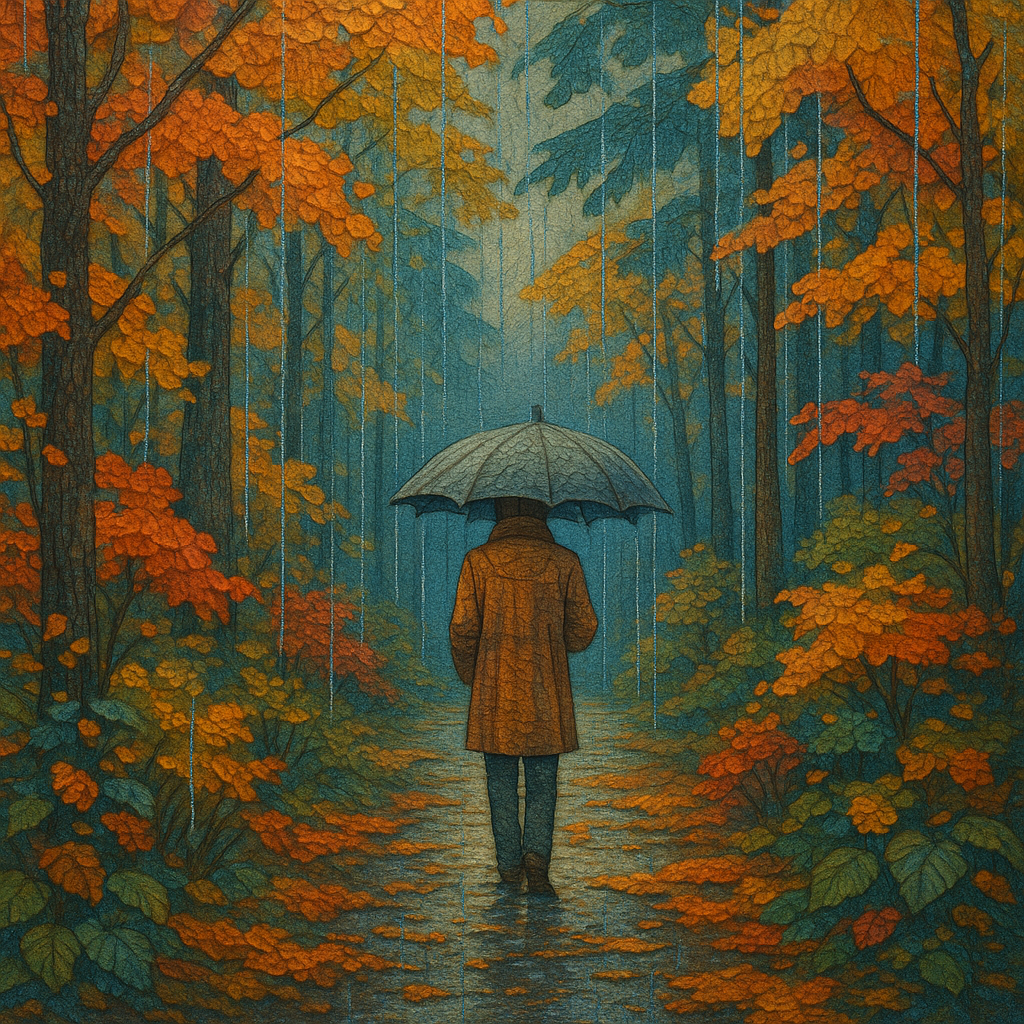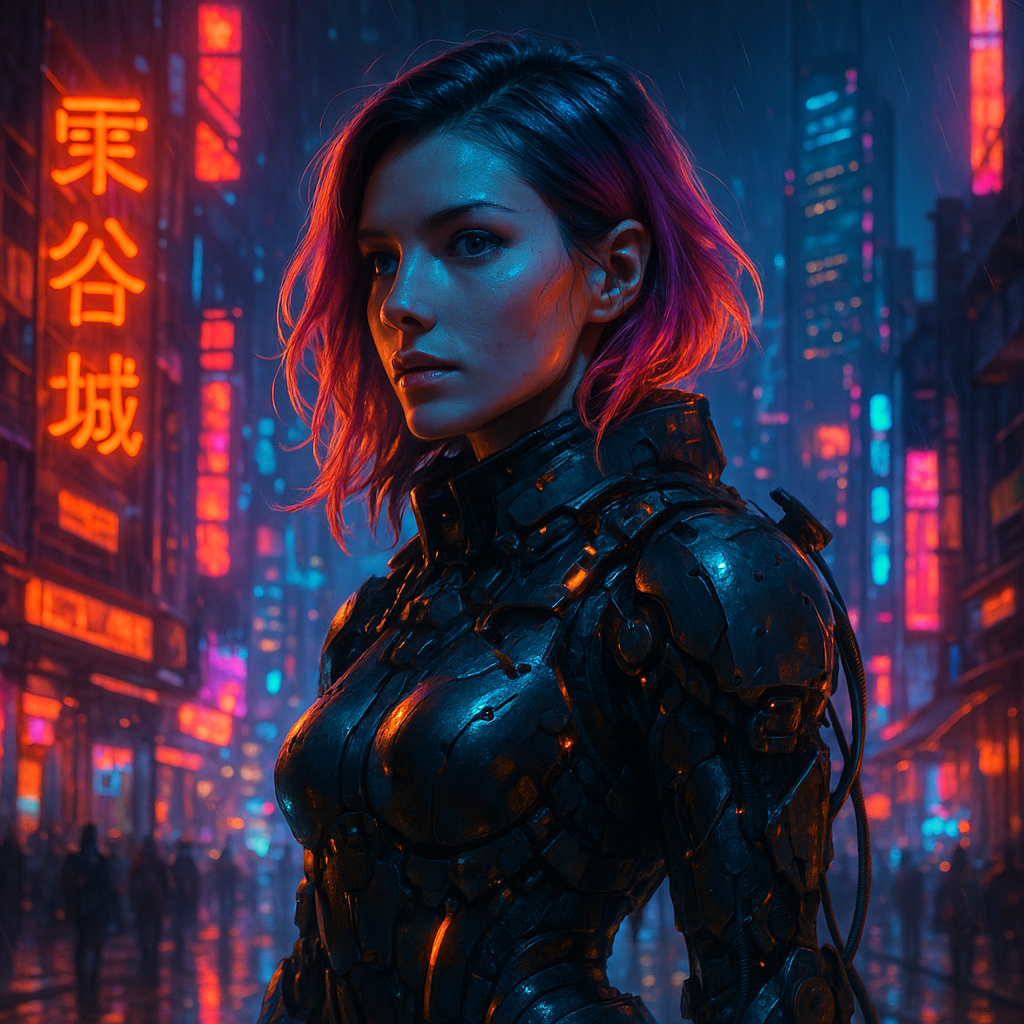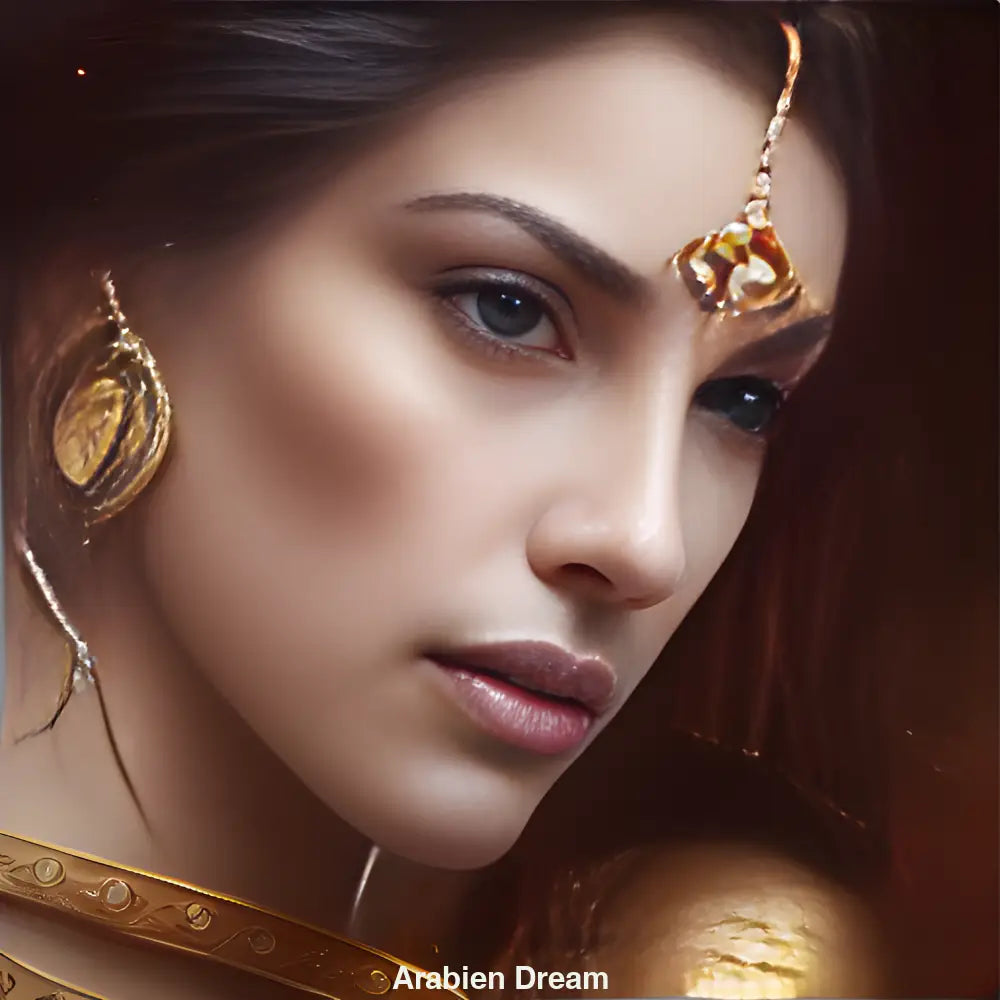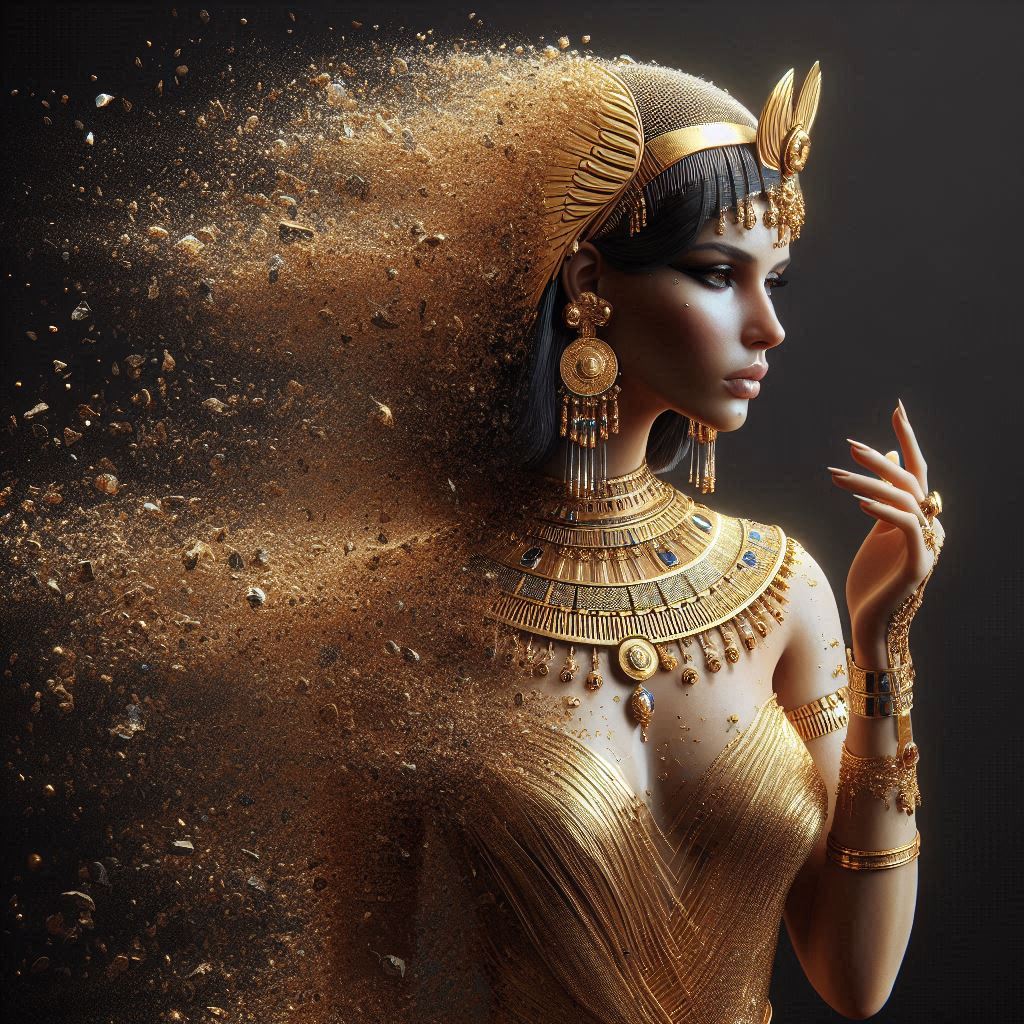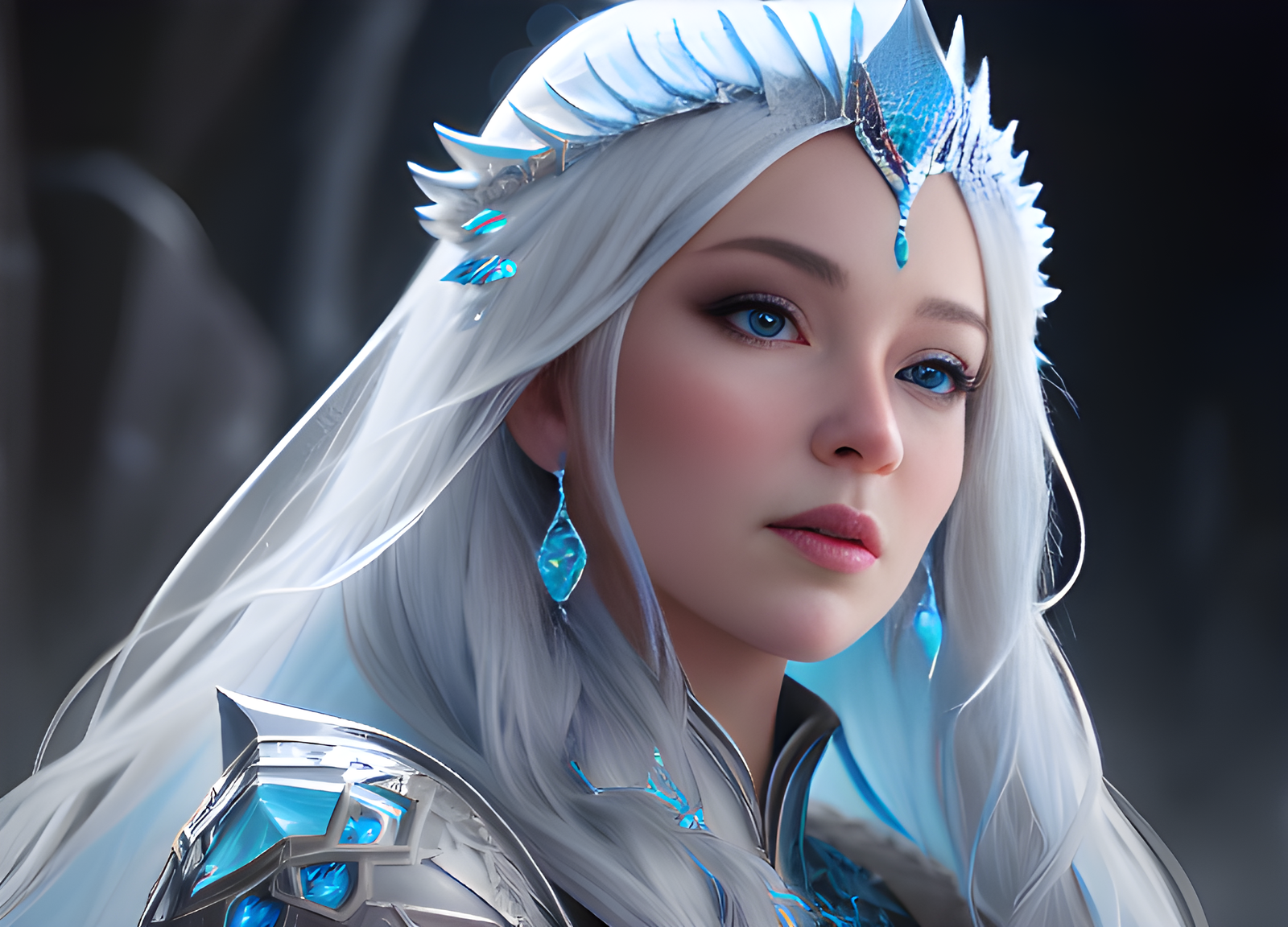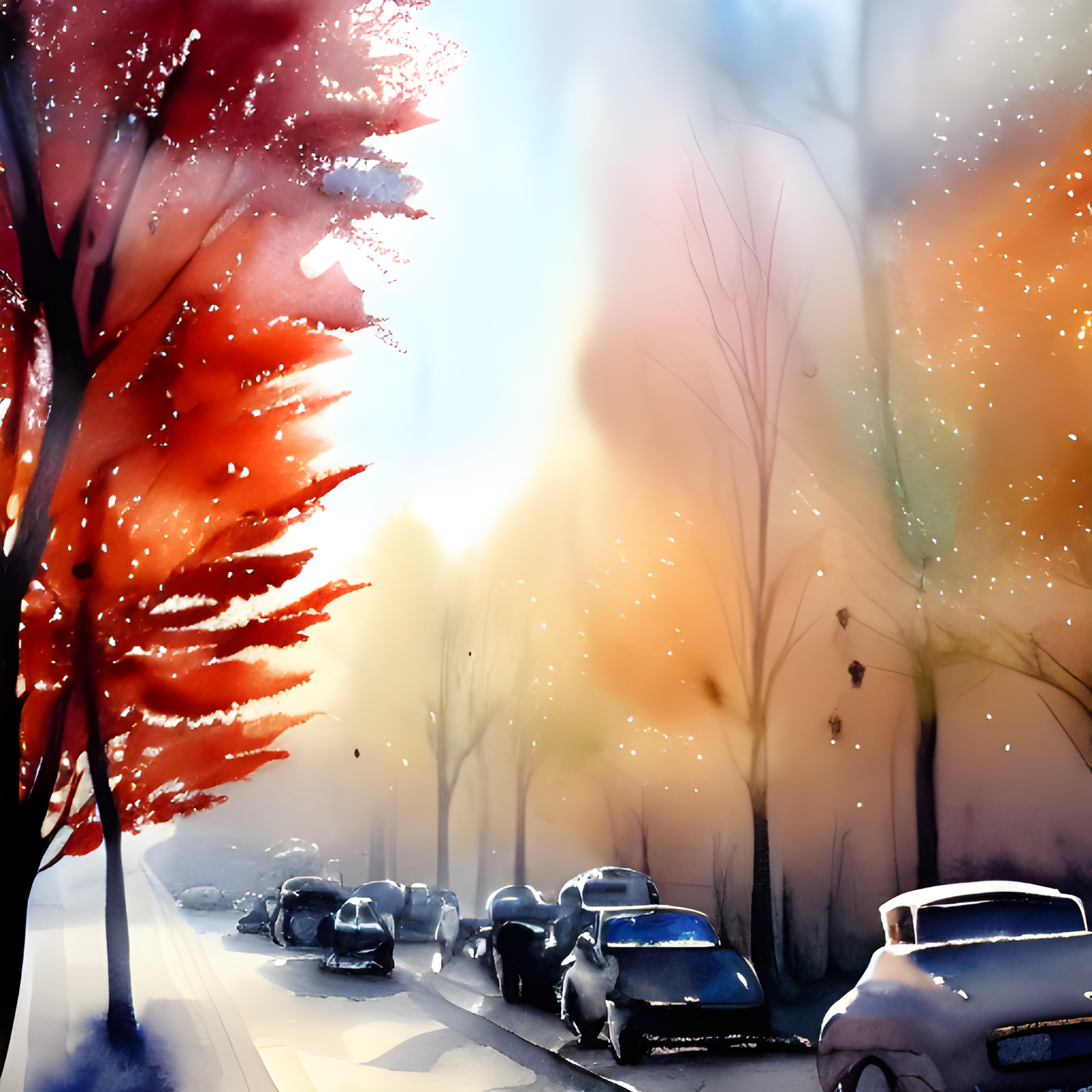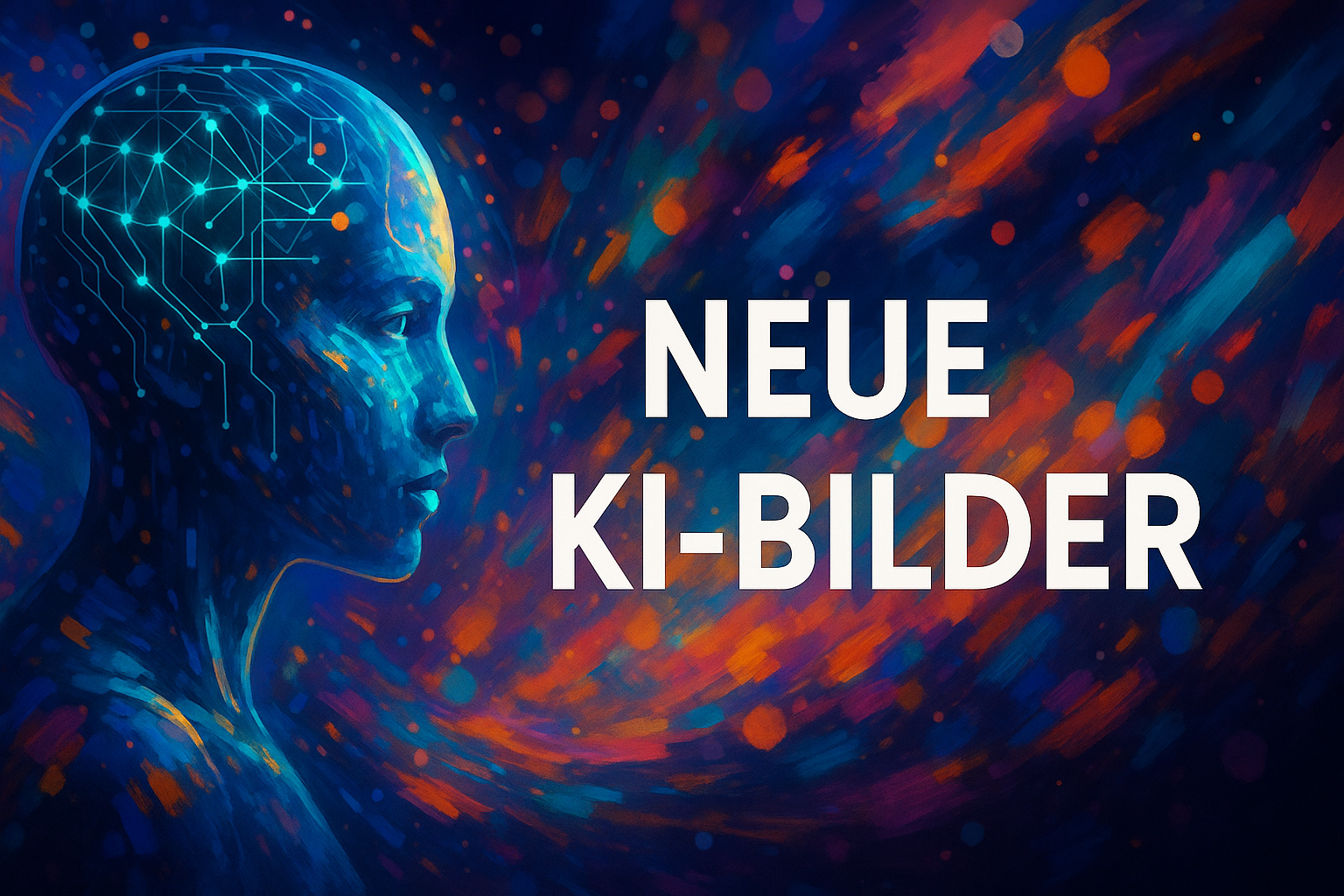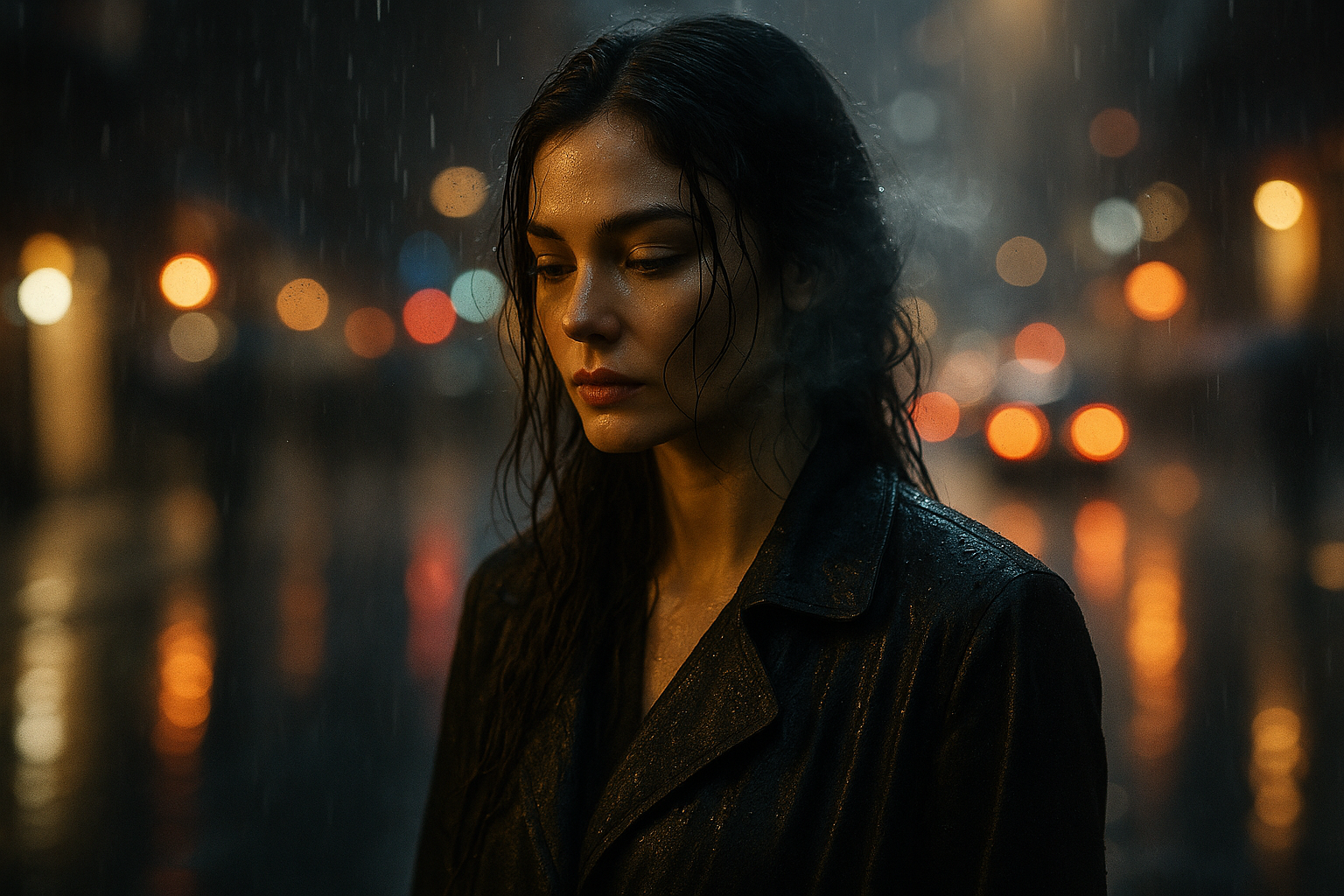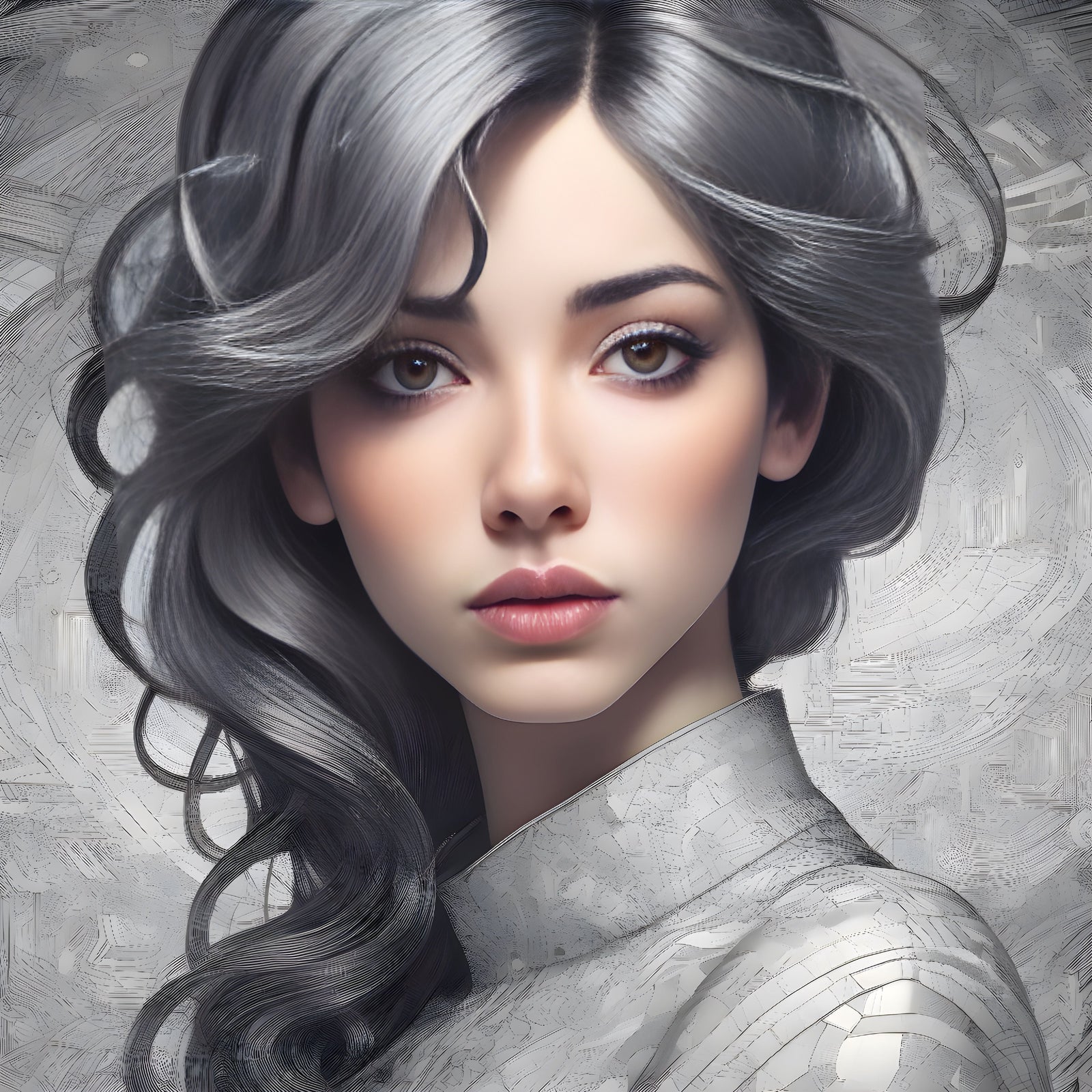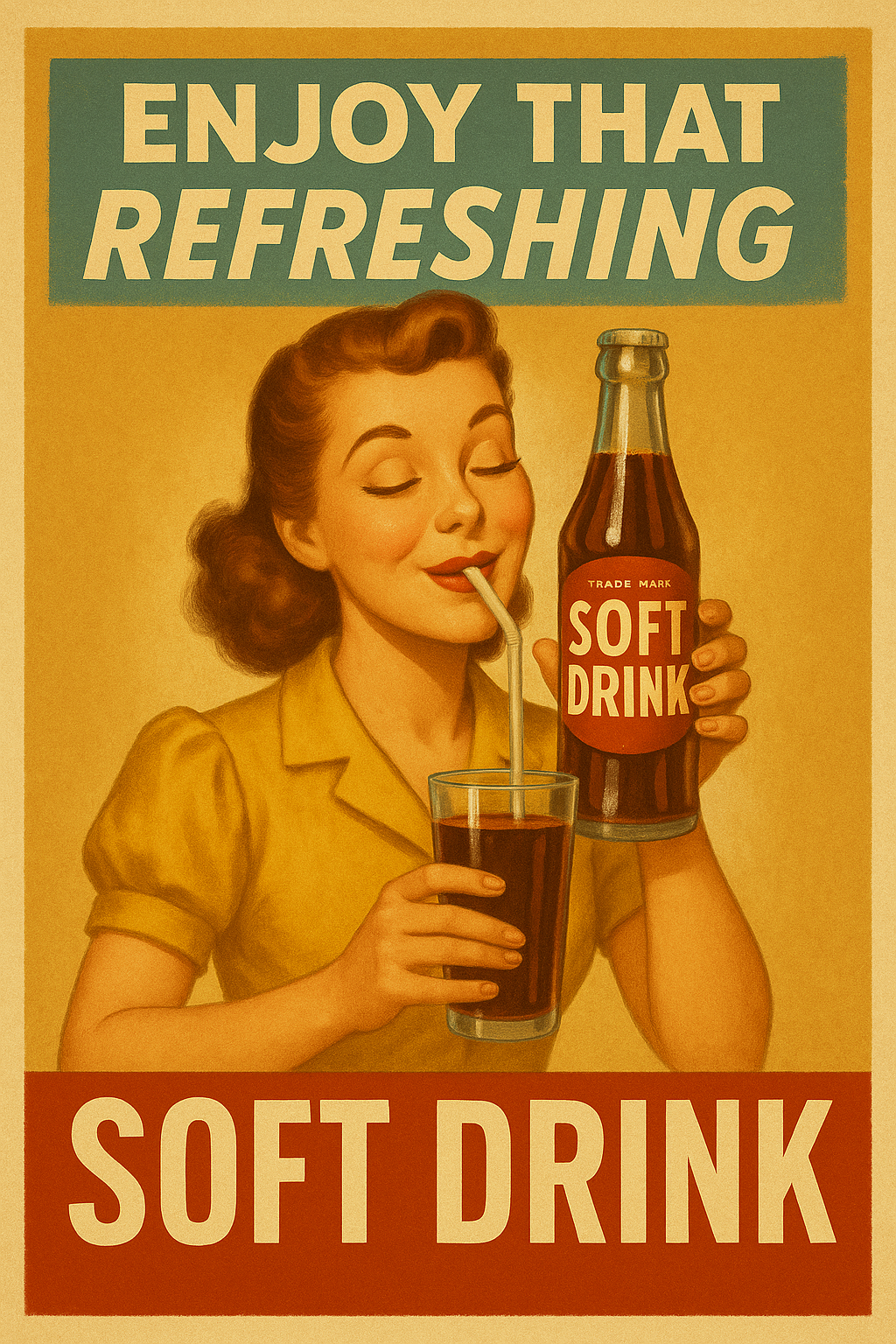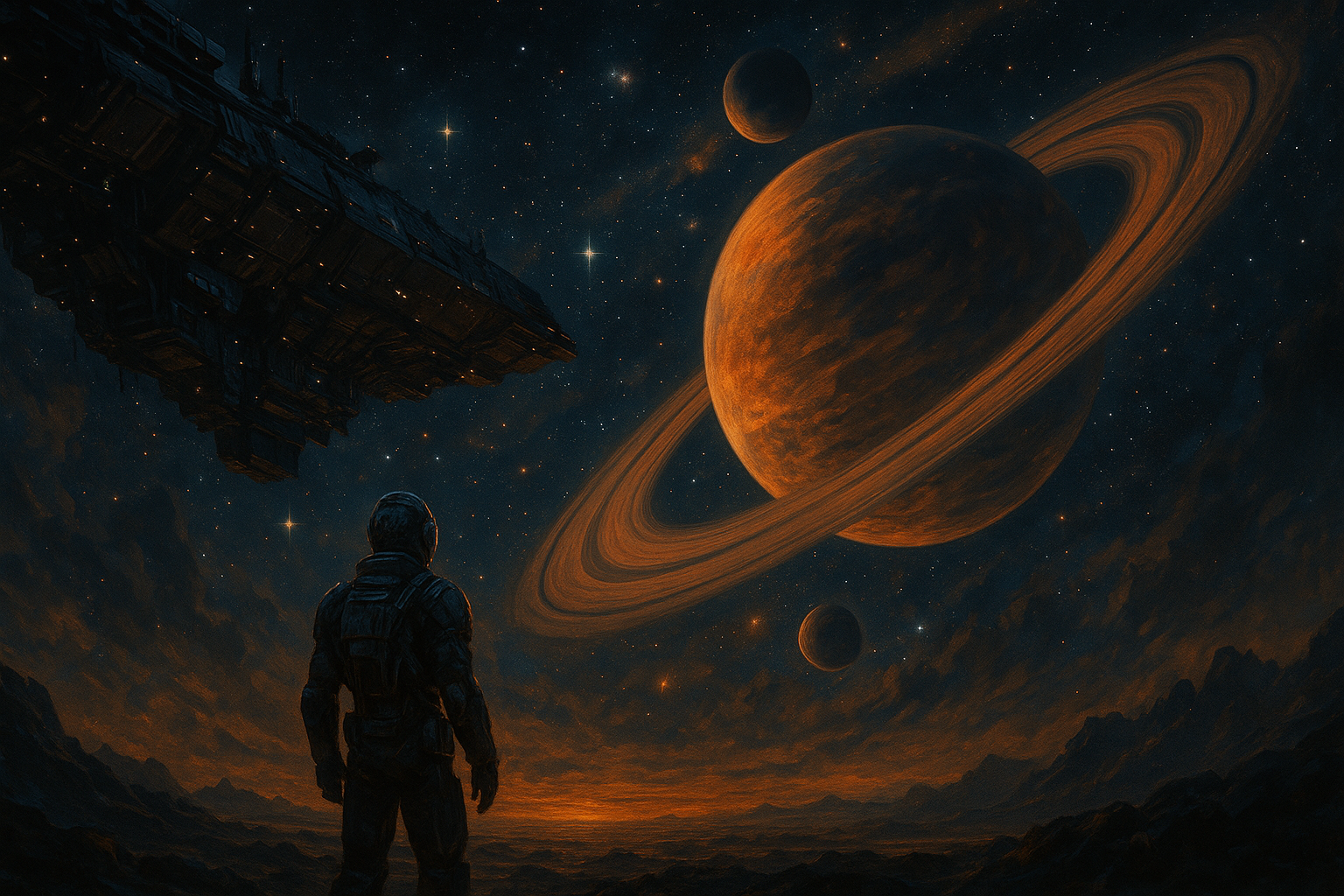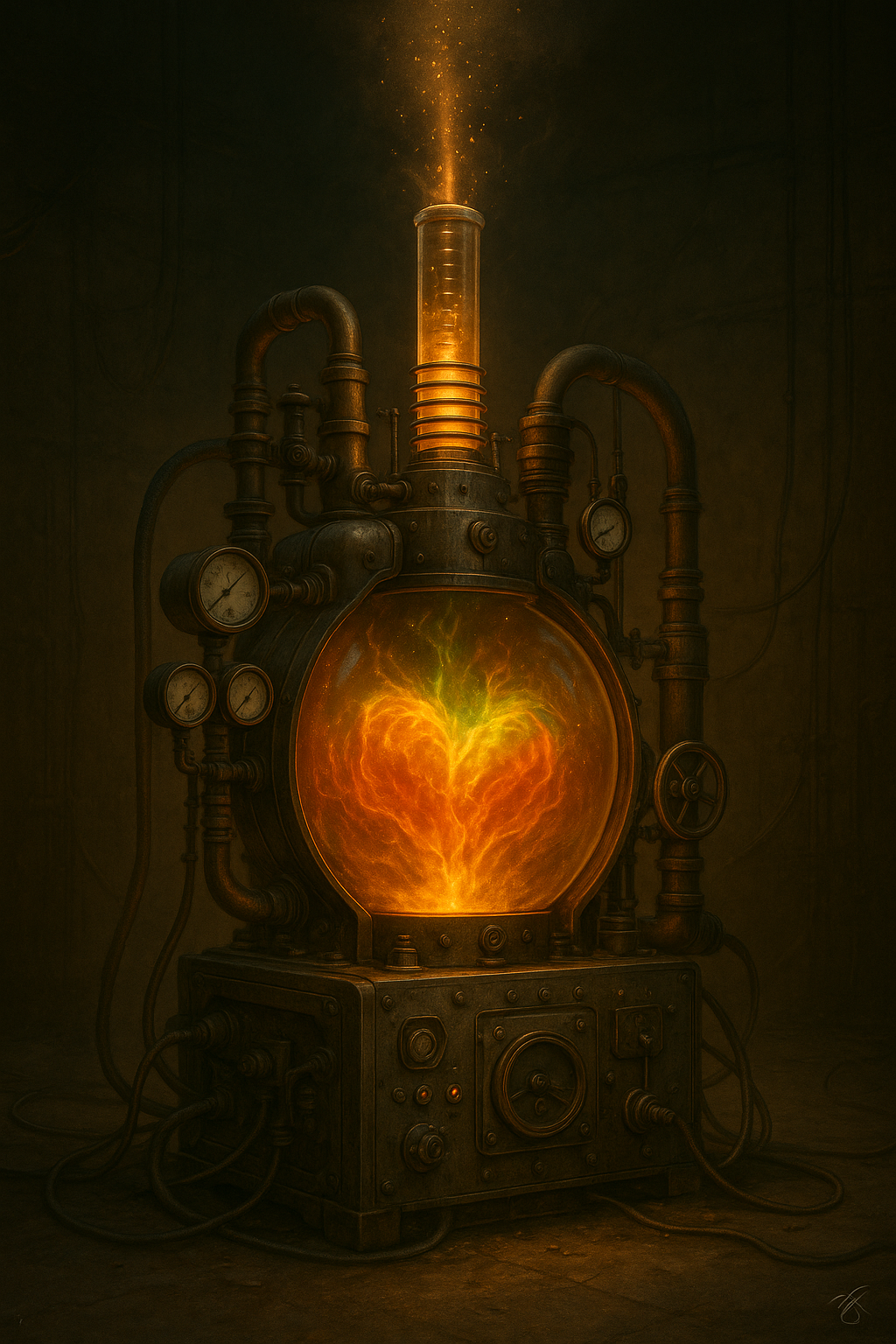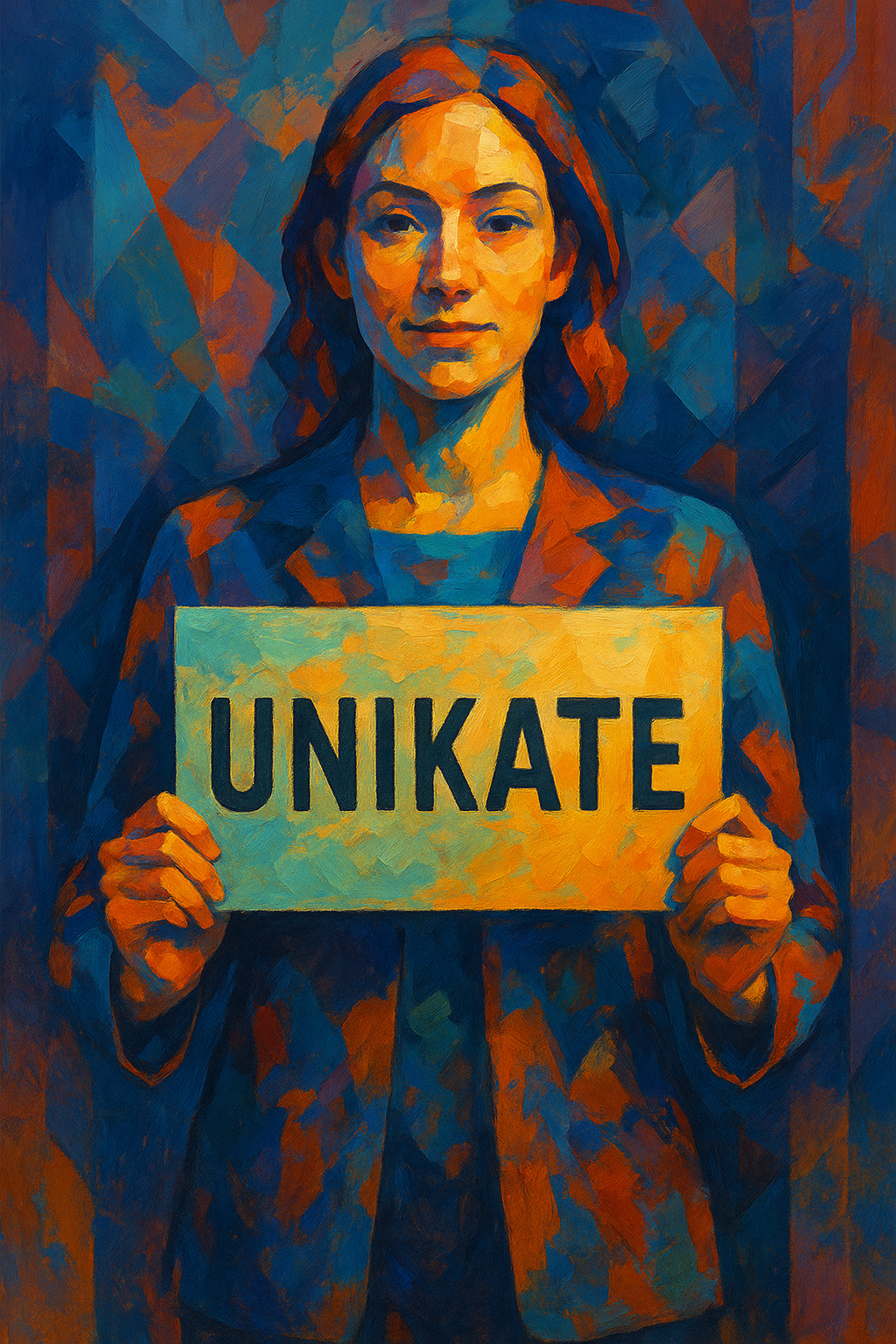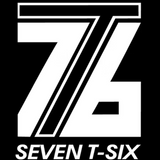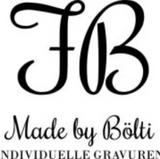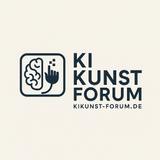Can AI art be copyrighted? Rights, originality, and responsibility
1. Basics: What does copyright mean for AI art?
Copyright protects works that represent a personal intellectual creation . In classical art, it's clear that the artist is the author. But with AI-generated art, these boundaries blur: Who is the creator if an algorithm paints the picture, but a human provides the idea, the prompt, and the selection?
Legally, only a human can be the author. Machines have no legal personality. Nevertheless, a new tension is emerging between creative control and automatic generation.
2. Who is considered the author of AI-generated art?
When an AI works according to human instructions, the person who contributed the decisive creative work is considered the author. This could be:
- the precise formulation of the prompt
- the conscious selection and post-processing of the generated variants
- the aesthetic curation of a final result
If this human design is missing, the work is not protected by copyright . Therefore, a purely machine-generated graphic – as of 2025 – is not subject to traditional copyright law. Nevertheless, usage rights can be regulated through contracts or general terms and conditions.
3. Legal situation & court rulings
Most countries currently only recognize human authorship. In Germany, this definition is based on Section 2 (2) of the German Copyright Act (UrhG). This means that an AI cannot be an "intellectual creator." International cases, such as the US ruling in "Thaler v. Copyright Office," confirm this line of reasoning – a graphic generated by AI was not granted copyright protection there.
“A work without human creative participation is not a work within the meaning of copyright law.” – (UrhG § 2 para. 2, BGH interpretation)
However, legal experts are already discussing new models, such as co-authorship between humans and machines or special licensing options for AI-generated content. These discussions will be crucial in the coming years to create legal certainty.
4. Practical consequences for AI artists
For AI artists, this means: Protection only applies if human contribution is recognizable. This can be achieved through creative control, targeted post-processing, or conscious selection. At kikunst.shop, every work is therefore curated and reworked to ensure originality, quality, and clear authorship.
It's important for buyers to note that even if a work doesn't have traditional copyright protection, the seller can grant usage rights (e.g., private use, digital use, commercial license). These rights are legally binding and provide security when purchasing.
5. Ethics & Responsibility
In addition to legal issues, the ethical dimension is playing a growing role. AI art raises questions about cultural responsibility, data sources, and fairness. Who is responsible if training data contains copyrighted works? kikunst.shop uses only its own prompts and curated results to maintain transparency and respect third-party copyrights.
In the long term, it will be crucial how artists, platforms and legislators find a balance between technological innovation and the protection of intellectual work.
6. Conclusion: Between innovation and protection
Can AI art be copyrighted? – Today, the answer is: only partially. Human involvement remains central. But with the rapid development of generative models, laws will have to adapt. AI art challenges us to rethink the concept of creativity – as a collaboration between intelligence, intuition, and algorithms.

